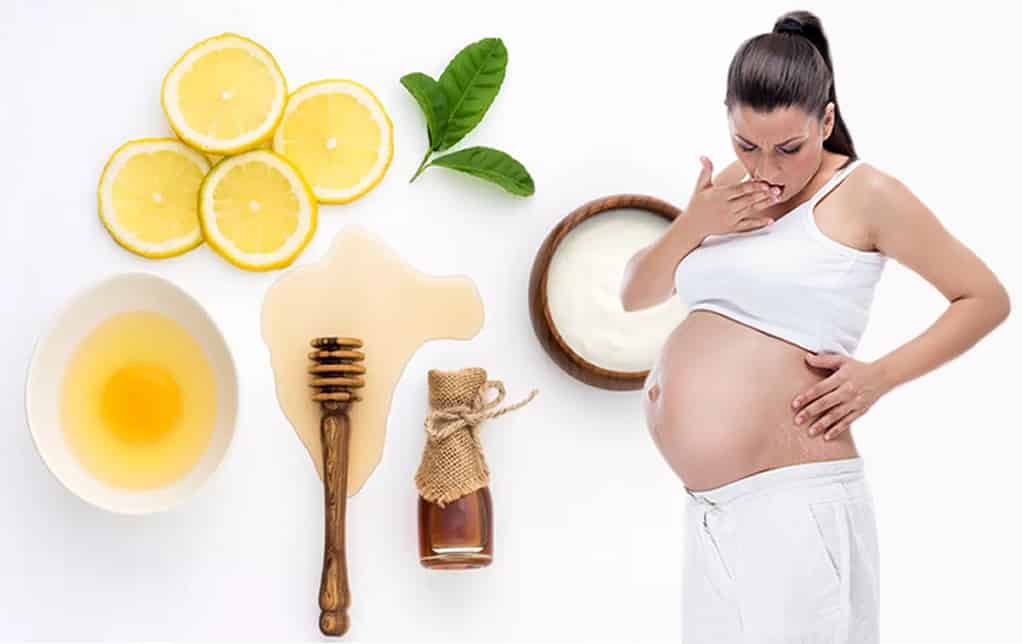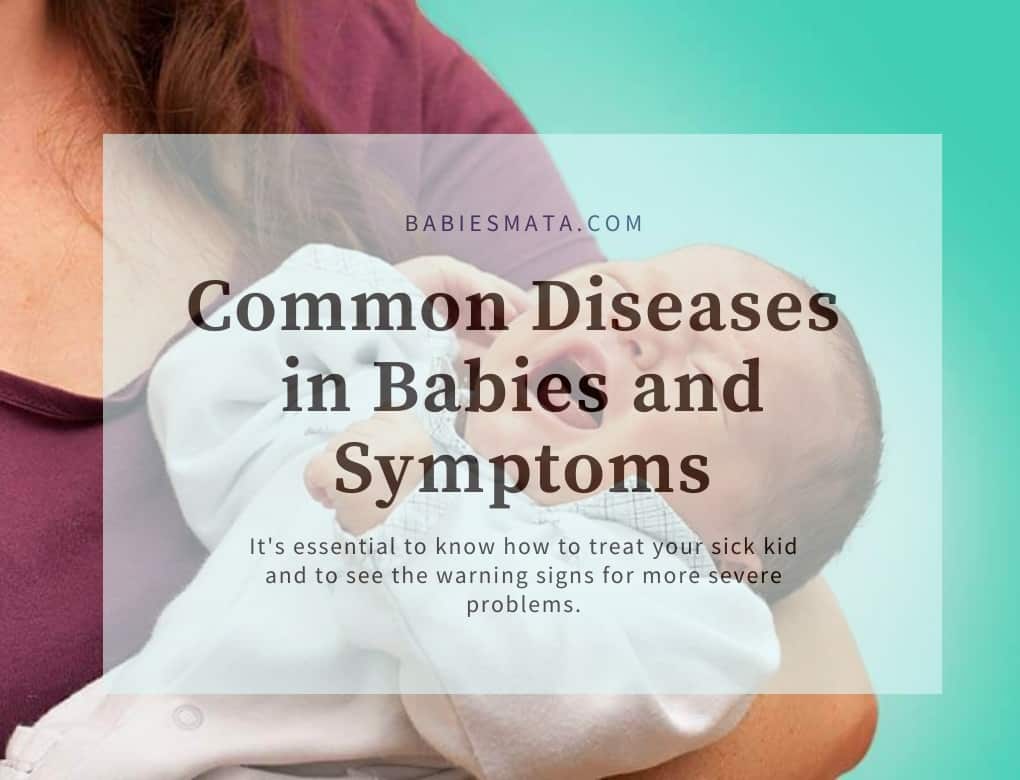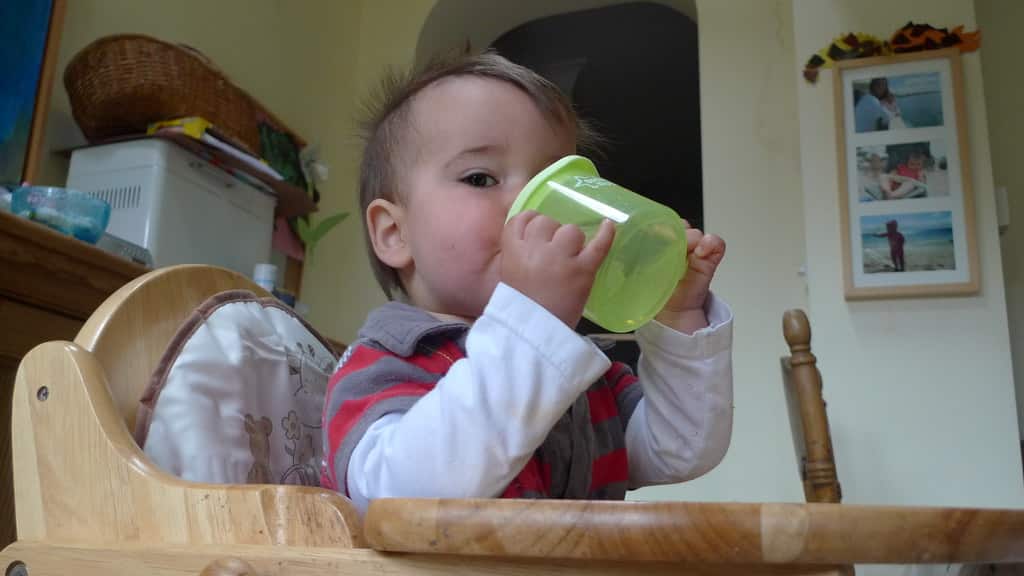How to be your child\’s best friend
The relationship between a mother and child is invaluable. The bonds that exist right from the womb continue to increase even after birth. Just like every other human being and the law of attraction that says like attracts likes. You can only be close to someone so dear to you. Someone who cares for you and gives you undivided attention will be the most sought after in your life. No wonder they say blood is thicker than water.
Before you can get so close in a relationship, you must make a lot of sacrifices. Now you see why a mother and the child are always inseparable? She\’s the best friend of that baby at the moment. That is why friendship molds a child\’s character and behavior. A child who is being loved as a kid will grow up loving everyone around them as well. It is the character that the child has learned and imbibed.
But mind you, a lot of things must have been put in place to attain this. Let\’s consider some of them.
How can you be your child\’s best friend?
A lot comes with parenting, and most mothers\’ perspective differs on this. Some think getting too close to a child will make them become rude and lose respect for you. But I\’ll say the approach to this determine the outcome. Here are some of the tips of how you can be your child\’s best friend:
- Always be there for them. A child loves to see and cry to whom will always have his or her attention. There is more to what a child can observe. As the child is growing, it is the mother who will be so dear to the child. And if it was just the mother alone that caught the child\’s attention, she will be the best friend. Being there for the child starts right from birth. As they continue to grow, they might have problems at school or with colleagues and might need someone to discuss with. Always give them a welcome hand and make them so free to discuss anything with you. In that way, the child will build trust and confidence in you and be more willing to have subsequent discussions.
- Endeavor to spend time with them. No matter how busy a mother should be, she must create time for her child. It allows them to build a stronger bond than before. A child feels rejected and ignored when you refuse to create time when it\’s needed the most. You can create time for them to have several discussions with you, take them out, or even teach them how to do the necessary house chores. The child will be so happy doing all these, and it will help increase the bond.
- Don\’t be overprotective. Teaching and protecting a child from wrong is the right choice. It is safe to ensure that your child is going in the right direction, but being overprotective can sometimes ruin the mother and child bond. You should watch and guide them in the right way, but it is more important you allow them to decide by themselves on certain things at times. When you don\’t choke them too much and give them breathing space to make their choice, the bond and trust will increase, and they will be confident about their decisions.
- Always respect their choices. You can give them options but allow them to make the final choice, whether in career-making or buying things. Parents should give their children a chance to choose from. Parents should know that it will get to a point when kids will be left to determine. That part should not be denied of a kid. And when you keep making choices, it can make the child be less confidence in themselves. That should be avoided. You can advise along the line but do not dictate.
- Give them time for themselves. As a child grows, it will get to a stage where the child will love to be alone. At this point, it is best to allow the child and not to argue with him or her. It does not call for panic because it\’s usually for a period. The child is kept under watch as well, so it doesn\’t lead to another habit that may negatively affect the child. Always make yourself available in case they will like to share their issues with you. This usually improves bond, and your child sees you as a best friend.
- Always encourage them. Try as much as possible to imbibe positive attitudes in your child. Bad habits should be corrected if noted. Always show that you are proud of them by expressing it in things they do. Where they lag, try to encourage them for improvement. Supporting them will make them work harder and believe in themselves. It also makes them do away with the fear of discussing other challenges with you.
- Lead by example. A child is easily influenced by what they see around. As for the mother, the child mimics almost all of her behaviors visible at that moment. If you now preach what you don\’t do, it sends a wrong message to the child. Therefore, before you teach a child anything, assess yourself thoroughly, and be sure you also abide by what you preach.
- Play with them. If you say someone is your friend, you\’ll always play with such a friend. A child still loves to play. Being your child\’s friend is a way to imbibe good traits and know the child better. When you take time to play with your kids, you quickly get to know some of their real behaviors, as a lot will be unfolded. While playing games, a second partner is usually required. Do not hesitate to join in there. This usually means a lot to the kid, as they will see you as a friend of like-minded. It leads to mutual understanding and a stronger relationship.
- Asides playing games with them, you can also watch their favorite movies with them. Children love their movies, and it\’s usually a long list from animation to adventure. Watch as many as you can with them. It will make them feel you share the same taste for movies. In return, it will bring them more close to you.













